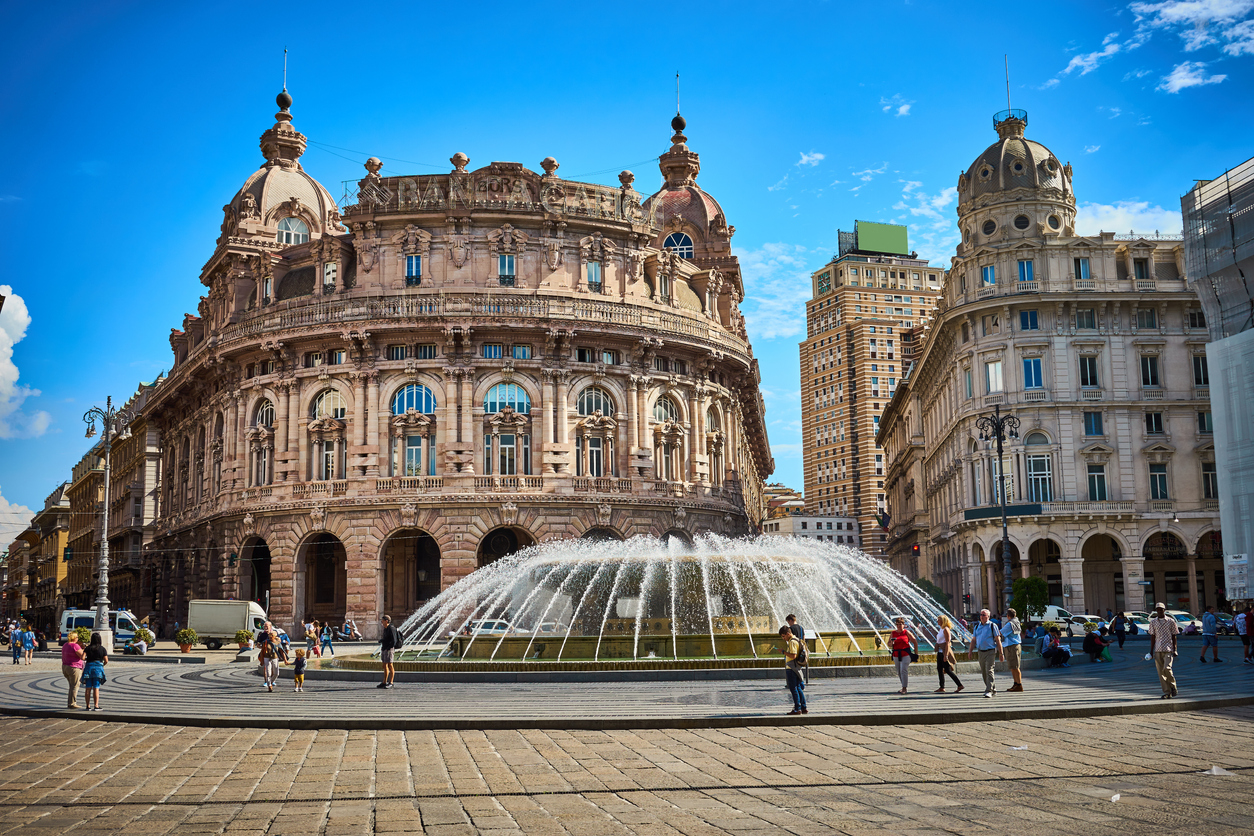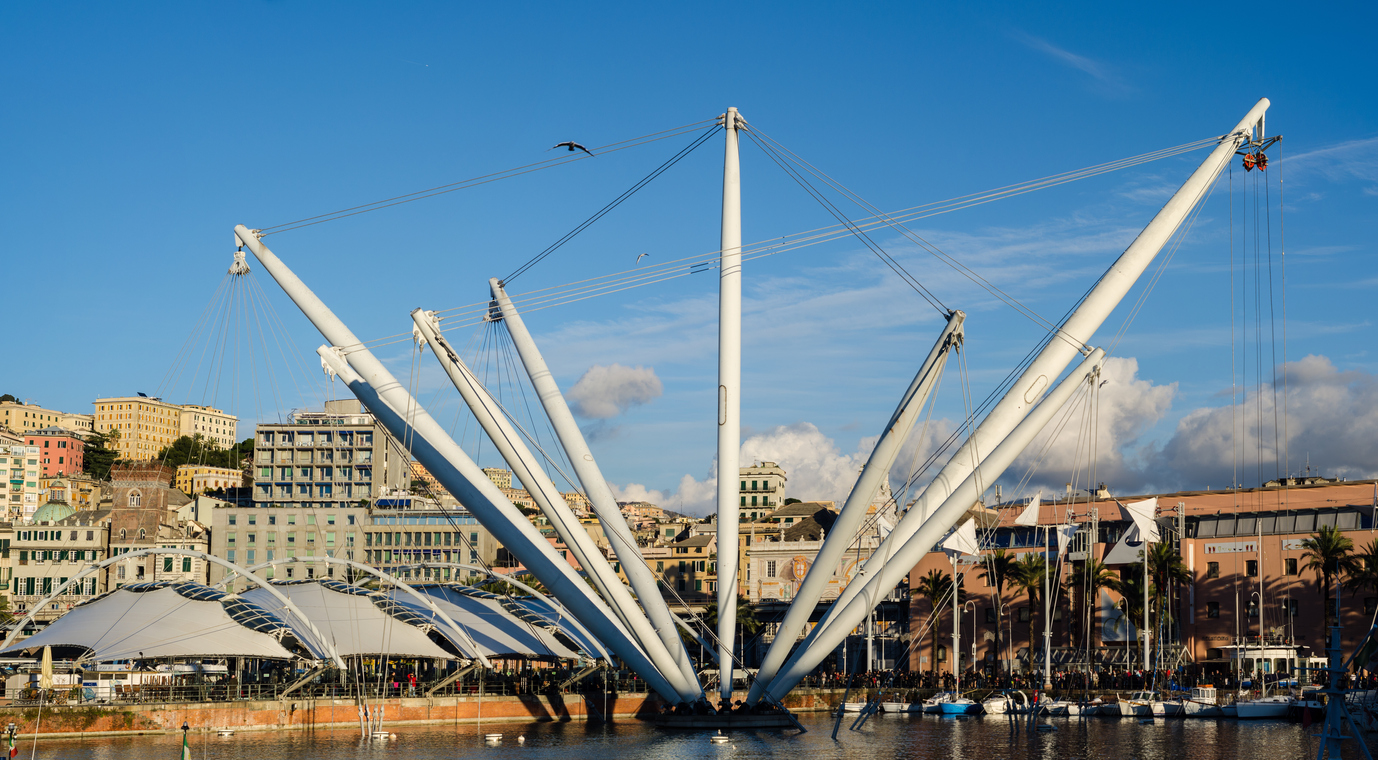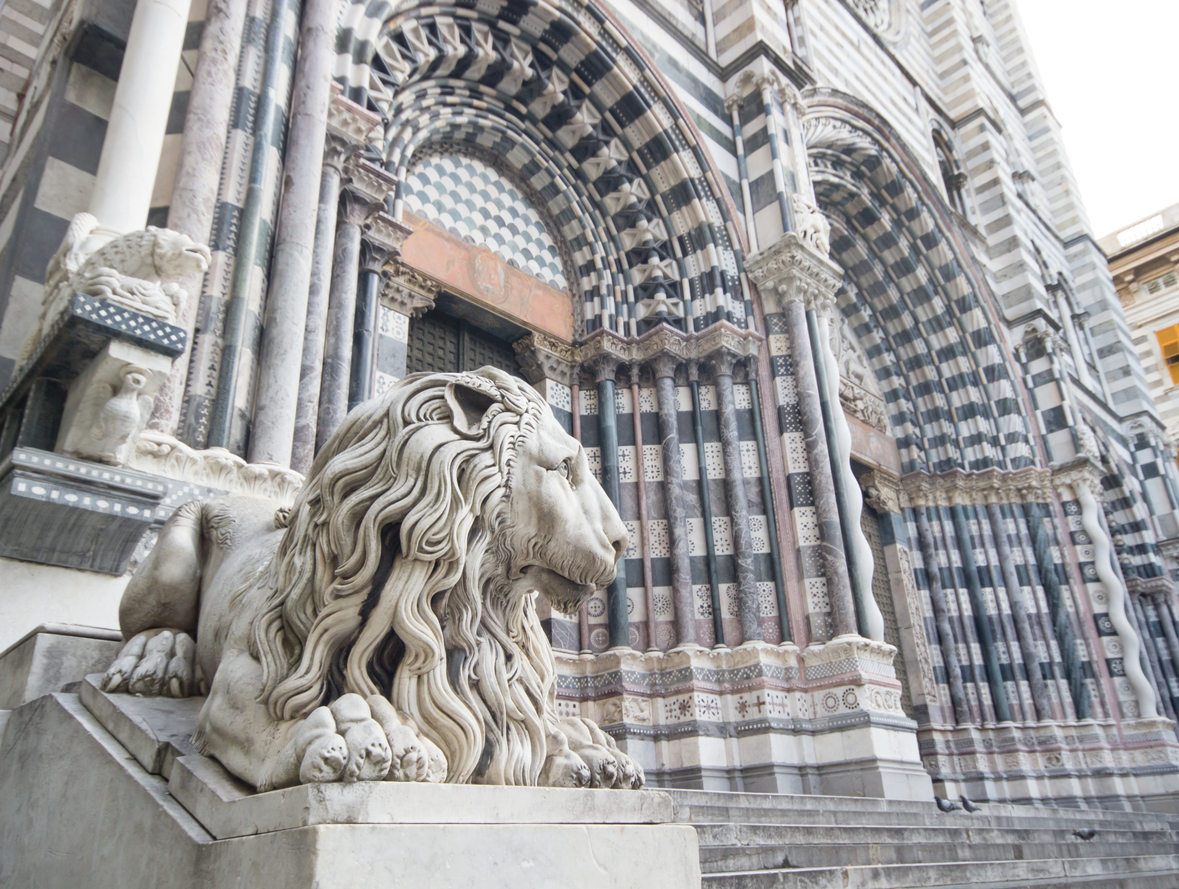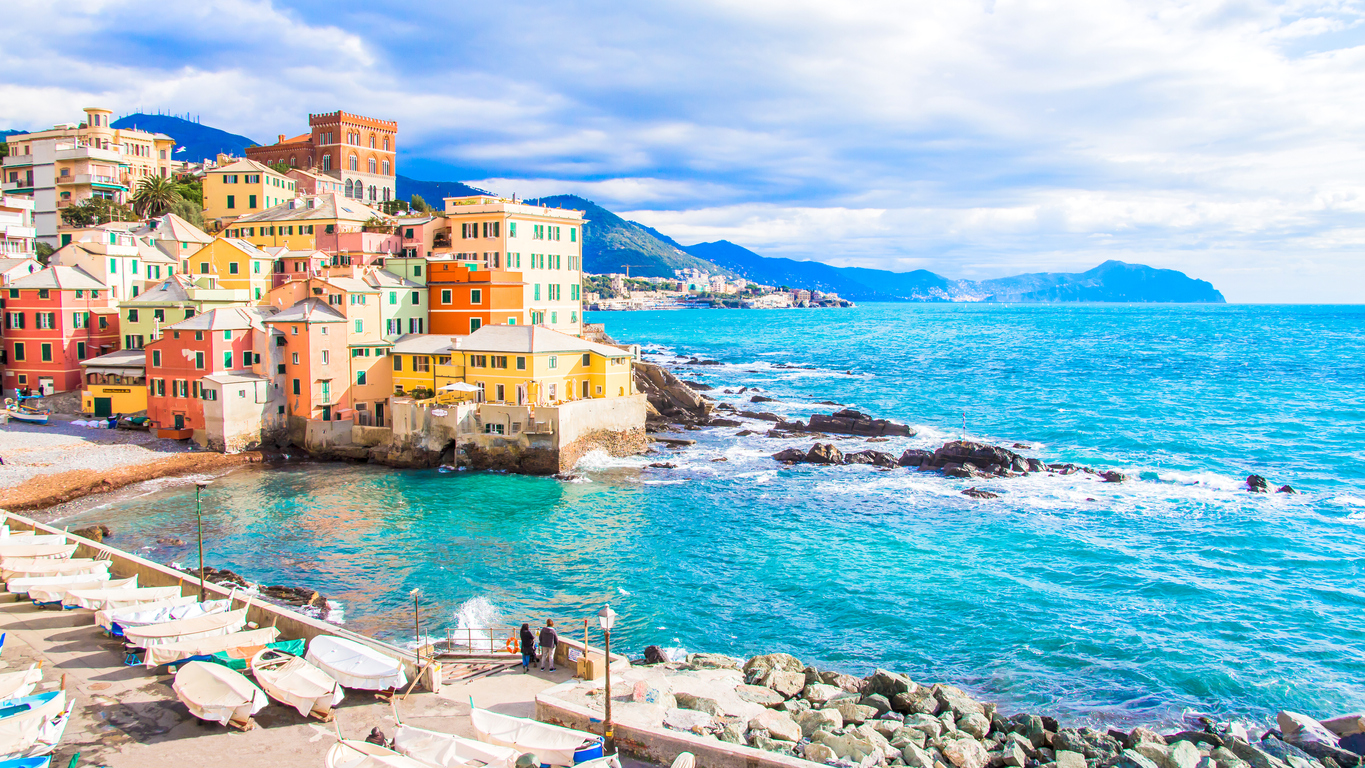 marako85
marako85
Italy is where the Iberia group is most expanding its routes in 2019, now with a total of 14 destinations, the most in any single country besides Spain. On this blog this year we’ve already taken you to another new Italian destination, beautiful Bari in the country’s south, along with amazing nearby Matera. And now we head up north to Liguria, whose capital Genoa awaits with majestic architecture and stimulating culture that’s a legacy of its proud past as a maritime trading republic whose influence (and sometimes even rule) extended across the Mediterranean; with a population these days around 580,000, it’s still Italy’s busiest port and one of the busiest in Europe. This summer Iberia is running four flights weekly between here and Madrid, and I’m really excited to show you why!
Settled by Etruscans, Greeks, and an Indo-European tribe called the Ligurians (hence thee name of this region) beginning as far back as the 8th century BCE, then became absorbed into the Roman Empire like everywhere else in Italy. After the empire’s fall, it was sacked, occupied, and ruled by Visigoths and other northern European invaders until finally emerging as an independent city state around the year 1000, and went on to become the powerful Reppublica di Genova, one of four Italian-peninsula maritime republics including Venice. It ended up ruling a stretch of coast extending across today’s French Riviera as well as Sardinia and Corsica, and colonised parts of Sicily, the Greek islands, and even areas of the Mediterranean coast of North Africa and the Levant.
Today it’s just Italy’s sixth-largest city (and largest cruise as well as commercial port), but a very atmospheric experience for visitors. Its Porto Antico (Old Port) is lively both day and night, and it’s here you’ll find many of the city’s key landmarks, such as the Palazzo San Giorgio, built in 1260 and adorned with trompe l’oeiele cornices and scultpures; it was the centre of power in mediaeval Genoa (as well containing a prison whose most famous inmate for a time was Marco Polo). Another is the iconic Lanterna, dating back to the 12th century; open to the public, this 76-metre (249-foot) lighthouse offers fantastic views along with a multimedia museum alongside it.
 sergioboccardo
sergioboccardo
And of course, Genoa has also been keeping up aplenty with the times – especially with an assist from a groundbreaking architect who happens to be a native son. The 1998 winner of architecture’s top award, the Pritzker Prize, Renzo Piano is well represented in his hometown’s facelift of recent years. His more notable local work includes Il Bigo (above), a striking structure whose spiky outgrowths are meant to evoke the cranes which load and unload ships. It features a lift which takes you 40m (131 ft.) up for panoramic 360-degree views over the port. Nearby, La Biosfera, (aka La Bolla) a steel-and-glass bubble 20m (66 ft.) in diametre right on the water behind the Acquario di Genova housing a mini tropical jungle with more than 150 species of flora and fauna. The slick, much-touted aquarium is Europe’s second largest after Valencia‘s, and its numbers tell an impressive story on their own – more than 70 tanks and pools covering some 27,000 square m (290,626 sq. ft.) and more than 15,000 animals of around 400 species. You can buy a combined ticket including the aquarium, Biosfera, and Bigo.
Beyond the port area, you’ll find a first-class old quarter, a maze of streets and carruggi (alleys), with standouts including the Renaissance and Baroque Strade Nuove (“New Streets”) built from the 16th through 18th centuries when Genoa was at the height of its seafaring power, and the elaborately adorned Palazzi dei Rolli of the same era along Via Garibaldi, Via Lomellini, and Via Balbi, certified as a UNESCO World Heritage Site. Of these 42 palaces, the best known are the Palazzo Reale (aka Palazzo Balbi, built for the aristocratic Balbi family, bought by the royal House of Savoy, and full of period furnishings and art, including works by Guercino, Tintoretto, Van Dyck, and many other distinguished masters), built for and the Palazzo Bianco (now one of the city’s major art galleries, featuring among others Caravaggio, Memling, Rubens, Veronese, and several Spaniards, including Murillo, Ribera, and Zurbarán).
 PARNTAWAN
PARNTAWAN
As in most Italian cities, another major landmark is the cathedral, the Cattedrale di San Lorenzo (above), built between the 12th and 14th centuries and added to afterward (such as its famous 16th-century bell tower); its distinctive Gothic façade in green-and-white-striped marble, flanked by marble lions, is one of the city’s most photographed sights. Its geographical (and financial) hub is the Piazza de Ferrari (top), and impresses visitors with its beautiful round bronze fountain and the handsome buildings which ring it, such as the Palazzo Ducale (Doge’s Palace, dating back to the mid-14th century but later redone in neoclassical style, today a centre for exhibitions and events as well as a museum including a dungeon for political prisoners and the like) and the Carlo Felice Theatre (the main local venue for opera, ballet, and classical music performances).
And by the way, you might also want to consider popping into the Casa di Colombo near the Porta Soprana gate of Genoa’s 14th-century walls, where Christopher Columbus grew up between 1455 and 1470. Small but pretty interesting!
 marcociannarel
marcociannarel
And finally, to round out my into to Genoa, I’d like to let you in on perhaps my favourite local corner: the charming little neighbourhood of Boccadasse (above), at the eastern end of the Corso Italia waterfront promenade above a small pebbly beach – like a mini Cinque Terre, a maze of narrow lanes; fishing boats; and buildings on different levels and in different colours from ochre to reddish orange. Go around lunch or dinner time and enjoy a tasty meal of pasta or fresh seafood with a splendid view out over the Mediterranean. Magnifico!
More info: VisitGenoa.it.

